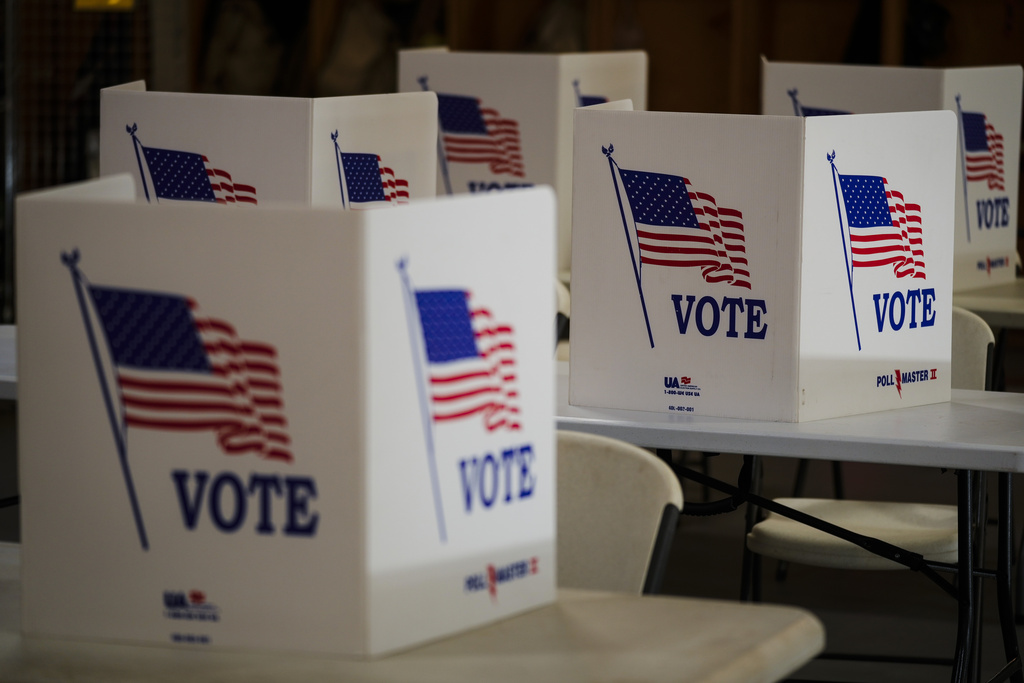A visit to the world’s most peopled metropolis will take you spinning back in time as well as send you hurtling into the future.
One fine morning you can be at Tokyo’s oldest Buddhist temple (the Sensoji, completed in 645) in Asakusa, marvelling at the intricacies of ancient Japanese architecture, and pick up all manner of souvenirs and sample traditional local snacks in the shopping area known as Nakamise.
Hours later, you can be pushing your jaw back in place as you eye the absolute coolest high-tech gadgets on the planet in the stores of Akihabara Electric Town, Japan’s largest electronics district, which offers a plethora of products virtually unknown in Western markets.
The sprawling megalopolis of 35 million residents that we know as the city of Tokyo actually doesn’t exist, having been abolished in a government reorganization in 1943. Instead, Tokyo is a unique administrative unit, consisting of 23 special wards (ku), 26 cities (shi), seven towns and eight villages, covering an area of about 2,180 square kilometres.
Thanks to one of the world’s most extensive subway systems, getting around in the town of talking elevators and heated, hands-free toilets is convenient and affordable, with stops within walking distance of just about anywhere you dare to go.
Yet, Tokyo remains one of the safest urban areas in the world, with remarkably little crime or violence. The Japanese people are very friendly and though they hesitate at first, many can speak a little English and are most helpful in giving directions to visitors.
Despite its reputation as the world’s most expensive city in which to live, you don’t need to spend like a high roller to make the most of your visit. In fact, many of Tokyo’s places of interest won’t cost you a single yen. Stroll through one of its many magnificent parks, visit some of the ancient shrines, soak up the glory of the Imperial Palace (home to Japan’s Imperial Family), take in the hustle and bustle at Tsukiji —one of the world’s largest seafood markets — or people-watch from behind dark glasses at the chic shopping mecca known as Harajuku, where the dressed-to-impress fashionistas make like high-stepping catwalk models. (Back at the hotel, you may want to opt for a soothing massage to take the edge off this neck-craning experience.)
Dining out doesn’t have to burn a hole in your budget, either. From tasty tempura joints to quick-serve noodle shacks and good-time food bars called izakaya, your eats bill can rival a McDonald’s tab. Oh, and the sushi, you ask? Out of this world.
Of course, if your millionaire grandfather left you the keys to the vault in his will, Tokyo also has stacks of chic shops and restaurants that even the likes of Victoria Beckham wouldn’t sneeze at.
To complete your Tokyo experience, you must take in a sumo wrestling match. Sure, Westerners with a little too much “un” in their couth may picture pumped-up human beach balls with foul tempers slamming each other like pinballs when thinking sumo, but to the Japanese, sumo is a revered cultural experience with a deep, storied past.
Major tournaments are typically held in Tokyo in January, May and September, but if you miss those, you can book a private viewing at one of the sumo training “stables” in Tokyo.
A free visit to the Sumo Wrestling Museum, next to the Kokugikan Sumo Wrestling Stadium, is the perfect closer. Another free museum — the Kanto Earthquake Memorial Museum — is close by.
When you finally jet away from the Land of the Rising Sun, keep a sharp eye out for Mount Fuji, Japan’s highest point at 3,774 metres.
It rises majestically above the cascading clouds like a fat, bold finger, pointing straight up to heaven. Simply breathtaking.
















